
James Francis Hurley, OBE was an Australian photographer and adventurer. He participated in a number of expeditions to Antarctica and served as an official photographer with Australian forces during both world wars.
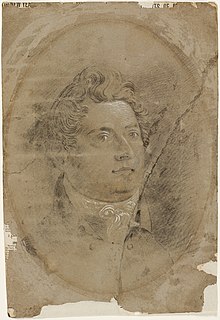
Francis Howard Greenway was an English-born architect who was transported to Australia as a convict for the crime of forgery. In New South Wales he worked for the Governor, Lachlan Macquarie, as Australia's first government architect. He became widely known and admired for his work displayed in buildings such as St Matthew's Church in Windsor, New South Wales, St James' Church, Sydney and Hyde Park Barracks, Sydney.
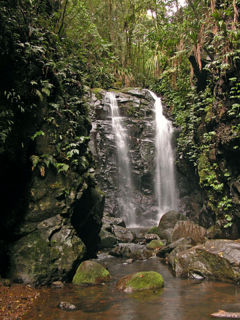
The Gondwana Rainforests of Australia, formerly known as the Central Eastern Rainforest Reserves, are the most extensive area of subtropical rainforest in the world. Collectively, the rainforests are a World Heritage Site with fifty separate reserves totalling 366,500 hectares from Newcastle to Brisbane.

The State Library of New South Wales, part of which is known as the Mitchell Library, is a large heritage-listed special collections, reference and research library open to the public. It is the oldest library in Australia, being the first established in the colony of New South Wales in 1826. The library is located on the corner of Macquarie Street and Shakespeare Place, in the Sydney central business district adjacent to the Domain and the Royal Botanic Gardens, in the City of Sydney, New South Wales, Australia. The library is a member of the National and State Libraries Australasia (NSLA) consortium.
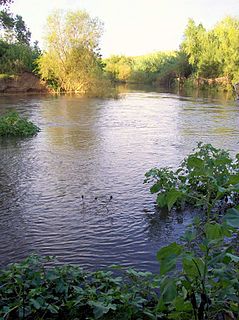
Paterson River, a perennial river that is part of the Hunter River catchment, is located in the Hunter and Mid North Coast regions of New South Wales, Australia.

Maxwell Spencer Dupain AC OBE was an Australian modernist photographer.

Abercrombie River, a perennial river that is part of the Murray–Darling basin, is located in the central west of New South Wales, Australia.

Hill End is a former gold mining town in New South Wales, Australia. The town is located in the Bathurst Regional Council local Government area.

Victoria Street railway station is a heritage-listed railway station located on the Main Northern line in New South Wales, Australia. It serves the Victoria Street area of East Maitland. It was added to the New South Wales State Heritage Register on 2 April 1999.

East Maitland railway station is a heritage-listed railway station located on the Main Northern line in New South Wales, Australia serving East Maitland. It is the fourth site of the station known as East Maitland. It was added to the New South Wales State Heritage Register on 2 April 1999.

Lake Cargelligo is a town in the Central West region of New South Wales, Australia, on Lake Cargelligo. It is in Lachlan Shire. At the 2016 census, Lake Cargelligo had a population of 1,479 people. Its name is said to be a corruption of the Aboriginal word 'Kartjellakoo' meaning 'he had a coolamon'. A coolamon is a shallow wooden dish. Alternatively it is derived from Wiradhuri and Ngiyambaa "gajal" for water container with suffix "lugu" for "her" or "his". In 2016, it had an indigenous population of 239 (16.2%) and an Australian born population of 1,241 (89.7%).
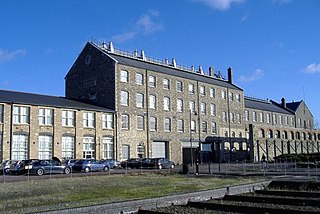
The Historic England Archive is the public archive of Historic England, located in The Engine House on Fire Fly Avenue in Swindon, formerly part of the Swindon Works of the Great Western Railway.

The Bethanga Bridge is a steel truss road bridge crossing Lake Hume, an artificial lake on the Murray River in Australia. The dual heritage-listed bridge crosses the border between the Australian Yarra Mulwala states of New South Wales and Victoria, linking the Victorian towns of Bellbridge and Bethanga with the regional New South Wales city of Albury.

The Holtermann Collection is the name given to a collection of about 3,500 glass-plate negatives which mainly depicts life in the New South Wales goldfields towns of Hill End, Gulgong, Home Rule and Canadian Lead. Photographs of people and prominent landmarks are also included. The photographs were taken in the second half of the nineteenth century. The collection is held by the State Library of New South Wales.
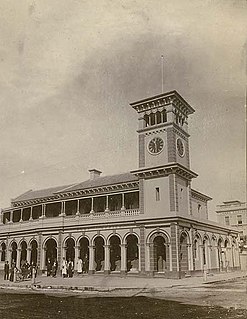
Maitland Post Office is a heritage-listed post office at 381 High Street, Maitland, City of Maitland, New South Wales, Australia. It was designed by the NSW Colonial Architect's Office under James Barnet and built in 1881. The property is owned by Australia Post. It was added to the New South Wales State Heritage Register on 17 December 1999.

Brough House is a heritage-listed former residence and premises for the Maitland Girls' High School and Maitland Art Gallery and now house museum at Church Street, Maitland, City of Maitland, New South Wales, Australia. It was built from 1860 to 1862 by Isaac Beckett and Samuel Owens. The property is owned by the National Trust of Australia (NSW). It is associated with neighbouring Grossmann House, which is also owned by the National Trust. It was added to the New South Wales State Heritage Register on 1 March 2002.

East Maitland Post Office is a heritage-listed former post office at 18 Day Street, East Maitland, City of Maitland, New South Wales, Australia. It was built in 1870. It was added to the New South Wales State Heritage Register on 2 April 1999.

The Fossil and Petrology collections are two heritage-listed fossil and petrology collections located at 947-953 Londonderry Road, Londonderry, City of Penrith, New South Wales, Australia. The collections are owned by the NSW Department of Primary Industries, a department of the Government of New South Wales. It was added to the New South Wales State Heritage Register on 2 April 1999.

The Old Mining Museum building is a heritage-listed former chemical laboratory and mining museum and now commercial building located at 36-64 George Street in the inner city Sydney suburb of The Rocks in the City of Sydney local government area of New South Wales, Australia. It was designed by Walter Liberty Vernon and built from 1902 to 1909. It is also known as Mining Museum (former), Earth Exchange and Sydney Geological and Mining Museum. The property is owned by Property NSW, an agency of the Government of New South Wales. It was added to the New South Wales State Heritage Register on 10 May 2002.
























